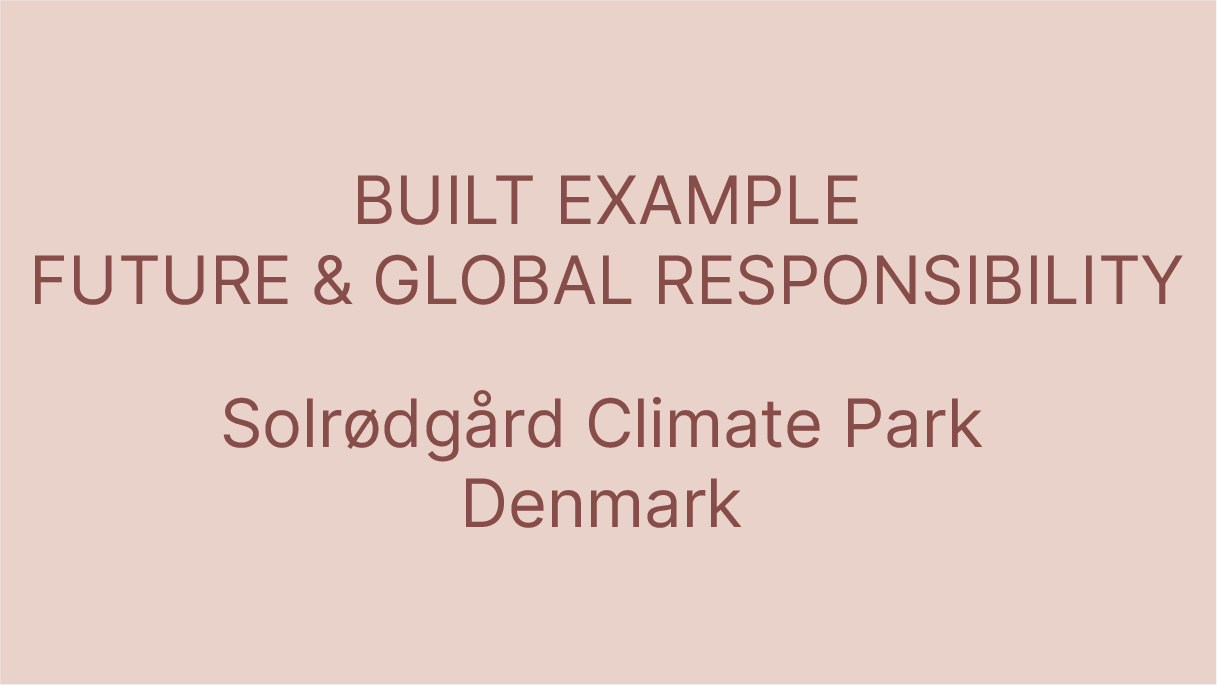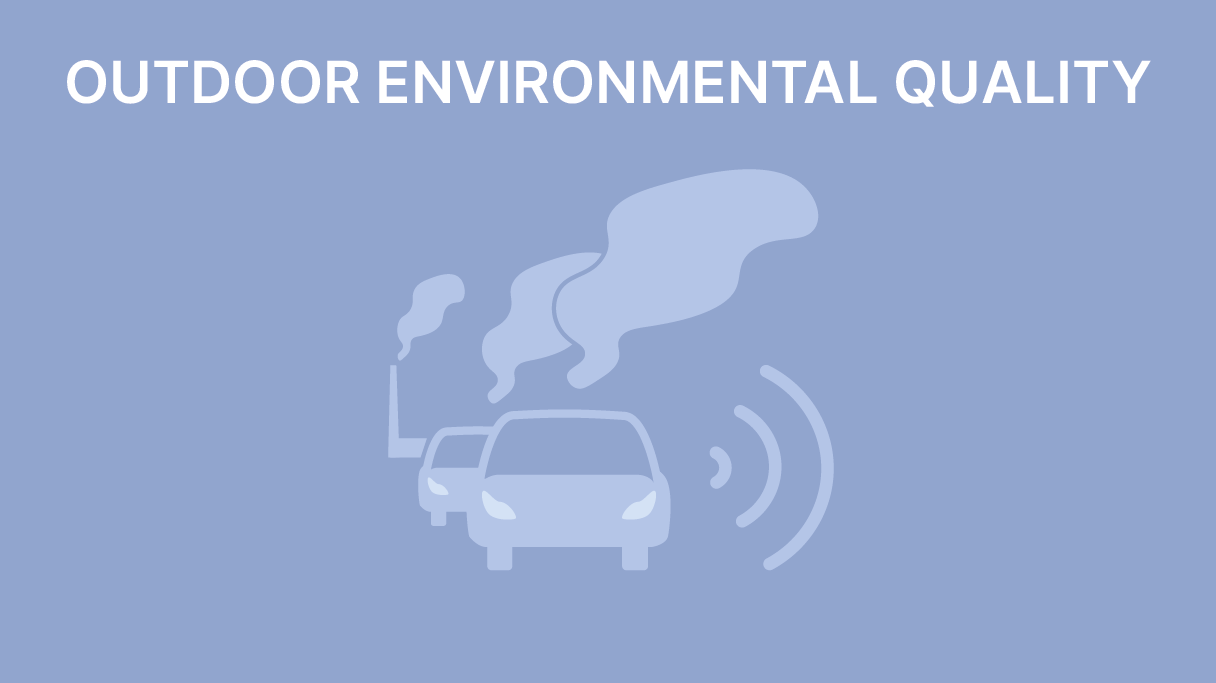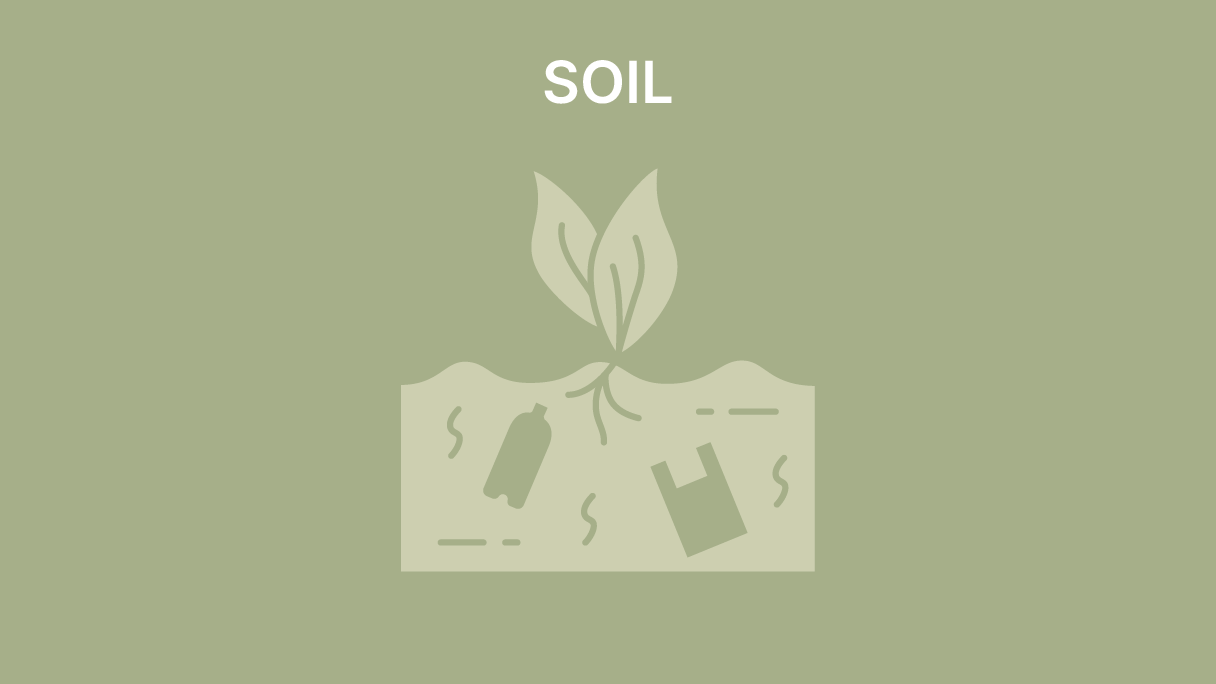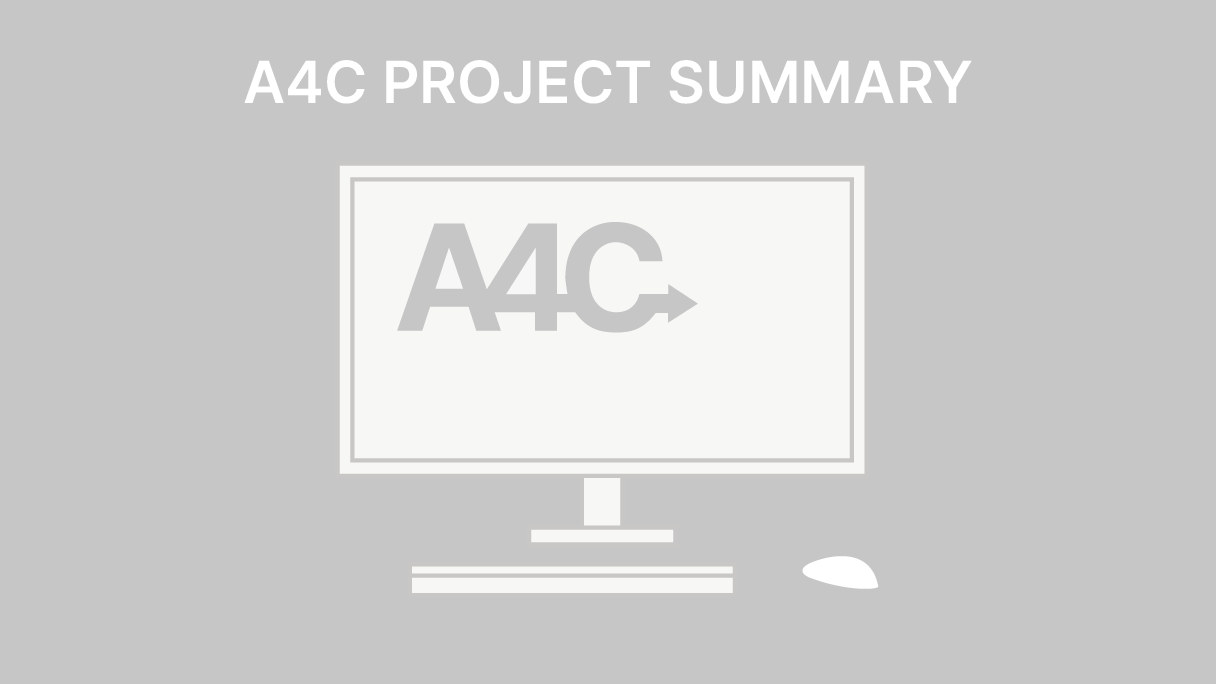Solaris
With a spiralling landscaped ramp and an array of bioclimatic strategies, the Solaris office building works as an extension of Singapore’s One-North Park, where it is located. According to Singapore’s sustainable building benchmark, Solaris has received the highest rating (platinum).
Hammarby Sjöstad
Hammarby Sjöstad is a district with low environmental impact in Stockholm developed from a former industrial area. The project, initiated in the 1990s, follows a holistic approach towards systems stewardship, including solid waste, water, transportation and energy systems. Hammarby Sjöstad serves as an international model for sustainable neighbourhood design.
Maggie’s Yorkshire
Maggie’s Yorkshire is a cancer care centre at St James’s University Hospital in Leeds, designed as a group of large planters rising out of the hospital’s last remaining green plot and using the restorative effect of contact with nature.
Sanya Mangrove Park
The Sanya Mangrove Park project exemplifies a holistic approach to climate change adaptation, addressing the intersection of ENVIRONMENTAL degradation, urban development, and green and blue INFRASTRUCTURE. Situated in Sanya, China’s Hainan Province, the project transforms a former landfill enclosed by concrete flood walls into a thriving mangrove ecosystem and public park. Through innovative design strategies such as interlocking finger-like landforms and terraced landscapes, the project attempts to mitigate the impact of annual tropical monsoon storms and pollution while enhancing biodiversity and ecosystem services. Moreover, its emphasis on public accessibility and community engagement fosters a sense of environmental stewardship and resilience among residents,
Mellor Primary School
The Mellor School extension demonstrates an exemplary approach to almost all of the climate emergency design themes. Firstly, with the use of MATERIALS such as timber in many forms, from the glulam “portal frames” to the red cedar shingles on the roof. It also uses strawbale for the insulation to external walls. This palette of materials ties into the school’s forest school teaching and learning ethos.
The Climate City
The Climate City is a project that uses climate adaptation strategies (specifically rainwater management) as the backbone for the urban development and regeneration of Middelfart. The project provides different rainwater management solutions for three different areas of the town, ranging from changing existing street paving permeability to the design of a new landscape park.
Solrødgård Climate and Environmental Park
The aim of Solrødgård Climate and Environmental Park is to combine nature and technology. The park is perceived as a coherent landscape, with pockets for the individual functions. The Park houses a new headquarters for Hillerød Utility Company, a wastewater treatment plant and a recycling centre. The future plan is to expand with a geothermal system, water plant, photovoltaic power station and a number of demonstration plots. Visitors to the Climate and Environmental Park are invited to explore close-up the various utility functions and processes, such as water treatment and the generation of green energy – energy cycles which are fundamental to daily life.
Green, Grey & Brownfields
Carefully considering land-use and where to develop is a crucial aspect of a climate emergency design approach as it affects biodiversity, permeability of land, air pollution and accessibility and how much infrastructure is needed. Greenfields are essential for biodiversity and have little existing infrastructure and should be avoided for development as they often have better uses. Instead greyfields and brownfields can be restored because they have infrastructures and often existing buildings that can be reused. They are often contaminated so ecological site surveys and bio-remediation are crucial before development. Greyfield development often contributes to urban sprawl, where low density, residential only development ‘locks-in’ car reliance, leading to energy use, pollution alongside habitat loss and fragmentation. Instead you should create mixed-use neighbourhoods (e.g. 15 minute city principles), and strategies such as reuse and adapting existing structures, infill development, backyard filling, attic exchange and roof stacking to help densify cities while preserving green areas. Sustainable densities, walkable neighbourhoods, and shared resources can counteract the negative aspects of densification. For your site selection, ecological value (and protecting existing ecology) and future impact on the community, air, water, and soil should be assessed and key drivers in your site selection and your project design.
Climate Change
Globally, governments agreed to limit global heating to a maximum of 1.5°C rise but we are on track for 2.8°C global heating by 2100 because of insufficiently ambitious policy commitments (or not meeting them). But each fraction of a degree reduced, matters to reduce the severity of the impacts. The effects of climate change include hotter temperatures, the warming and acidification of the oceans, severe storms, increased drought, and a loss of species. Northern Europe is projected to face stronger winter warming, while Southern Europe will experience more severe summer warming. Urban areas face specific risks, with urban heat islands exacerbating extreme temperatures, impermeable ground surfaces increasing flood risk, and a loss of urban green space contributing to the degradation of land and biodiversity. To minimise the impact of climate change on the environment, actions should prioritise:
• protecting and enhancing ecosystems and biodiversity.
• careful land-use decisions that avoid destruction of forests, greenfields and other areas of biodiversity.
• rewilding cities and increasing green and blue infrastructures.
• ensuring a just transition.
All our actions should aim for the best climate future. Even if it is (still) legal to do less than that, we have a moral obligation and responsibility to do better.
Eko Viikki
Eco-Viikki is the first ecological neighbourhood built in Finland between 1994, the year of the first competition, and 2004. The aim was to build a sustainable neighbourhood, capable of answering and addressing FUTURE crises while providing HEALTH AND WELLBEING to its inhabitants. Two competitions were held. The first competition aimed to establish the town plan, which was won by architect Petri Laaksonen with a vision linking the built environment and nature together. Then a second competition at building scale was held where every submitted project was evaluated based on their ecological qualities and ability to meet this wider vision. A completely new and innovative set of ecological criteria (PIMWAG) was created to evaluate the ecological potential and commitment of the submitted projects. In addition to its value as an ecological living environment, Eco-Viikki acts as a prototype, testing theoretical ecological solutions in design and practice. Finally, providing empirical results of the neighbourhood and the way its PERFORMANCE has been evaluated and monitored is exemplary and enriching.
Outdoor environmental quality
In the context of health and well-being, outdoor environment quality encompasses the design, planning, and management of exterior spaces and landscapes surrounding built structures. The goal is to create environments that optimise the physical and mental health of individuals. This approach includes various factors such as green spaces, landscaping, air quality, access to nature, and outdoor amenities that enhance overall well-being. Ac-cess to well-designed outdoor spaces encourages physical health through opportunities for physical activity, relaxation, and a connection with nature. Green areas, parks, and recreational facilities promote exercise and leisure, contributing to a healthier lifestyle. Moreover, these outdoor spaces play a vital role in mental and emotional well-being by providing opportunities for stress reduction, relaxation, and social interaction, which ultimately lead to improved mental health and reduced feelings of isolation.
Understanding soil
Understanding Soil explores into the intricate composition and properties of soil, emphasising its significance in architecture. Soil, a complex blend of minerals, organic matter, water, and air, undergoes formation through rock weathering and organic material accumulation. The composition, influenced by factors like climate and topography, includes mineral particles and organic matter, determining soil texture, structure, and fertility. Physical properties such as texture, porosity, and permeability, along with chemical properties like pH and nutrient content, are crucial considerations.
Architectural concerns regarding soil encompass contamination risks, erosion, compaction, poor quality, settlement, and subsidence. Sustainable soil practices, remediation techniques, and innovative approaches like bioremediation, mycoremediation and phytoremediation are explored.
The talk underscores the role of soil in ecological restoration and brownfield redevelopment, presenting opportunities for architecture projects that integrate bioremediation for soil improvement and landscape revitalisation.
Enghavenparken
Enghaveparken has transformed remarkably into one of Copenhagen's most expansive climate-oriented redevelopments. Central to this transformation is a considerable water reservoir encompassing 22,600 cubic meters; it is welldesigned to address the considerable challenges of flooding in the city's present and anticipated future.
Common Unity
“Common-Unity” is a rehabilitation project of the community public space in the San Pablo Xalpa Housing Unit in Azcapotzalco, Mexico City. The unit was divided by walls, fences and barriers that the inhabitants had built over time try to overcome insecurity. This did not allow for a free use of the community public space available and led to more safety issues. The main architect’s objective was to transform a “sectored housing unit” into a “Common-Unity”, designing with the community and not only for it, based on democratic processes. They removed the vertical borders replacing them with horizontal boundaries made of metal structure roofs without permanent walls.
Climate Emergency Facts
This lecture gives a brief overview of the climate emergency and how we got here, how it relates to architecture and what a radical sustainable transition means. In 2022, the IPCC report stated that Architecture and planning is lagging behind all other sectors in climate action. Urgent action is needed before 2030 – the long lifespan of buildings / urban and land-use policies ‘lock in’ emissions and polluting development and behaviours for decades. Technology alone will not be enough: you need to go from exploitative values, mindsets and practices to new restorative values and be part of creating a new culture that rethinks what we do and the way we work. We have a collective responsibility to protect our planet and architecture - you are part of the solution, and no longer be part of the problem!
The Ugliness of Unsustainability
Here the ugliness of unsustainability is discussed and framed through the lens of a cognitive approach to beauty and how, in doing so, we cannot frame our architecture as beautiful when it is based on extractive and exploitative processes. After all, there is no life, no architecture, no ‘beauty’ in a 4C° world. Nothing less than a radical change of our values, culture and practices in architecture (and society) is required to avoid 4°C warming. It takes us outside our comfort zone because we need to change how we design spaces and places. But our architecture cannot be exploitative or permitted to transgress other’s rights (human and non-human). To do this, we as architects need new values and a new, restorative aesthetic that ‘de-centres’ ourselves as architects and centres the planet, other people, other communities and non-humans in our design process and decision-making.
The Built Environment & the Climate
This lecture unfolds more specifically the impact of the built environment on the climate and gives a brief overview of the most important international and EU policies, and voluntary actions and standards and obstacles to their implementation. Each building that is not transformed or constructed to high standards will ‘lock in’ high CO2 emissions for the next decades and will require expensive and disruptive low carbon retrofits in the near future. Hence you need to be ambitious and go beyond minimum regulatory standards to respond to the urgency of the climate crisis. We do not only need high standards in CO2 reductions, but similarly ambitious and high standards in all other aspects of sustainability, i.e. a holistic and restorative sustainable architecture approach. Carbon savings must be achieved for real, not just on paper. Post-occupancy evaluation (POE) and feedback processes are crucial.
How to use the 10 themes
There are 10 climate emergency design themes around which the ARCH4CHANGE content is structured. These 10 themes reflect the different aspects to be considered in holistic sustainable architecture approaches. In practice, all of these themes must be met to high standards to create truly sustainable architecture in reality. However, as a student you do not need to know all the 10 themes in-depth from year 1. Instead, future and global responsibility, environment and people and community themes should always be included in each design project in each year of study. Each year, each student then works progressively towards including additional themes until all ten are included in your design project by the end of the studies
5-step Design Process
The 5 step iterative process and 10 climate emergency design themes will help you in the design-decision making process and in justification of your approach. To centre sustainability at the start of your project and refine it throughout you need to undertake integrated design and iterative design processes. Exploring your project’s context helps to make design decisions based on knowledge (Step 1) and helps to define project values and your climate emergency design approach (Step 2). This then sets a good foundation for imagining and testing (Steps 3, 4), and refining your architecture approach based on feedback loops (Step 5). Make sure you communicate your values and climate emergency design approach clearly and explicitly – this helps in the testing and feedback phase




















